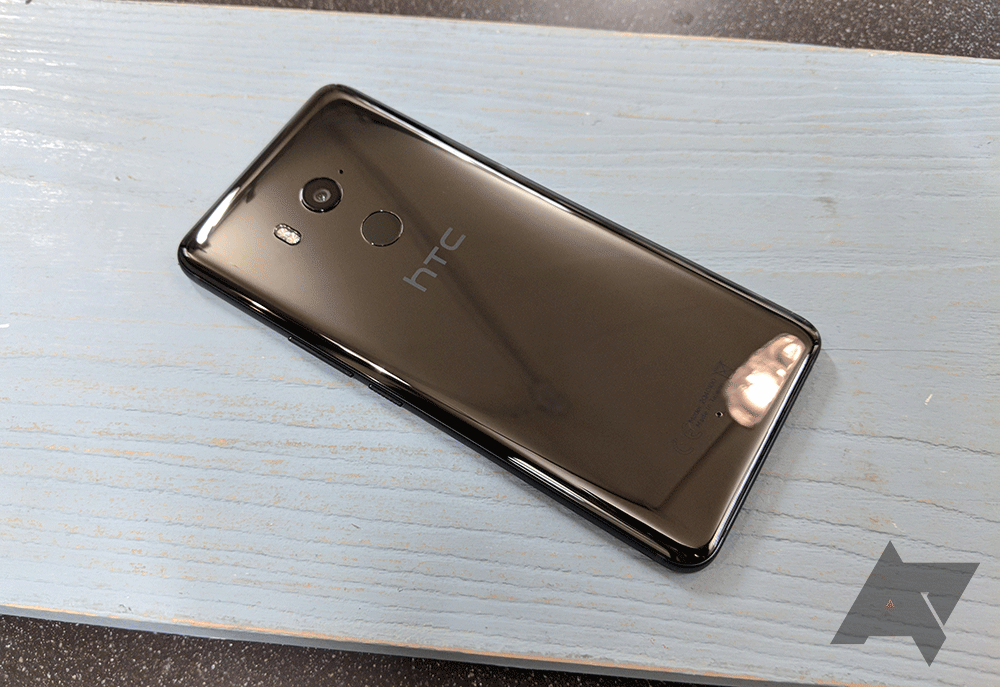Earlier this year, a device called 'Muskie' appeared in AOSP (alongside 'Walleye'), which was believed to be the larger 2017 Pixel device. Then the phone was seemingly cancelled, with the LG-made 'Taimen' taking its place. Taimen turned out to be the actual Pixel 2 XL, and Walleye became the HTC-made Pixel 2. Recently, more evidence was discovered that Muskie was being made by HTC, and it would have had a massive 3,830mAh battery.
Earlier today, HTC unveiled the U11+, perhaps the company's most interesting phone in a long time. Its 18:9 display, minimal bezels, and rear fingerprint scanner are unlike anything HTC has released recently. Now we know the reason - it was originally intended to be the Pixel 2 XL.
Sources confirmed to The Verge that the U11+ is based on the 'Muskie' phone that Google rejected, in favor of a device from LG. Of course, the U11+ is only based on muskie, and HTC clearly made some modifications after the plans with Google were scrapped.
The Visual Core chip present on the 2017 Pixels, and originally on Muskie, is obviously not included. The phone runs HTC's Sense UI instead of stock Android, but it's still using Android 8.0. The glossy back was likely not part of the original design either.
While we will probably never know why the HTC-made Pixel 2 XL never materialized, it is interesting to think about what could have been. If you're interested in the finished device, take a look at our hands-on.
Source: The Verge

